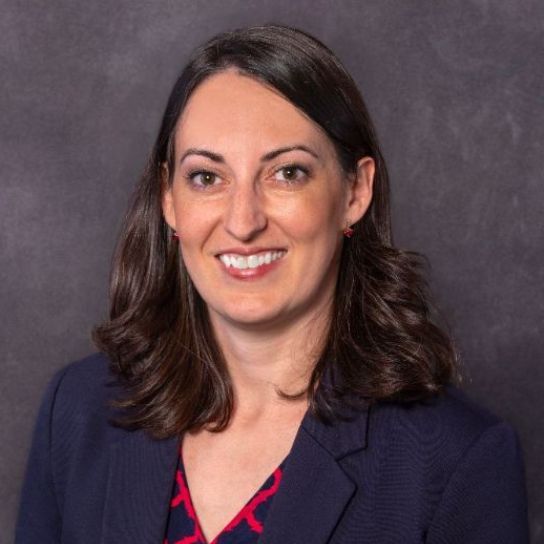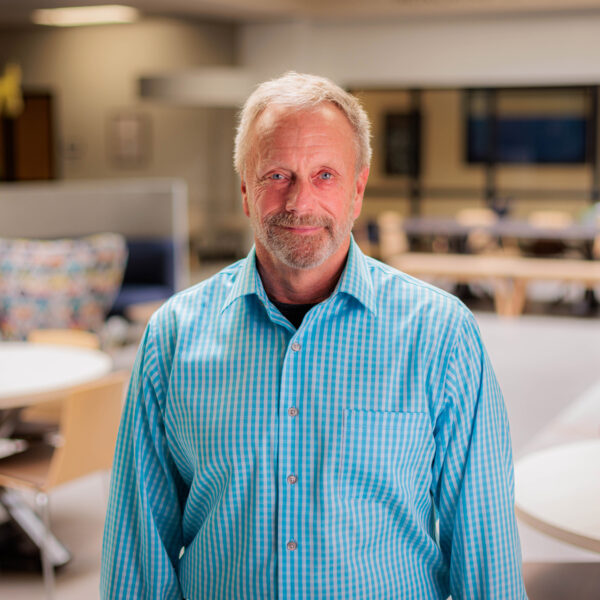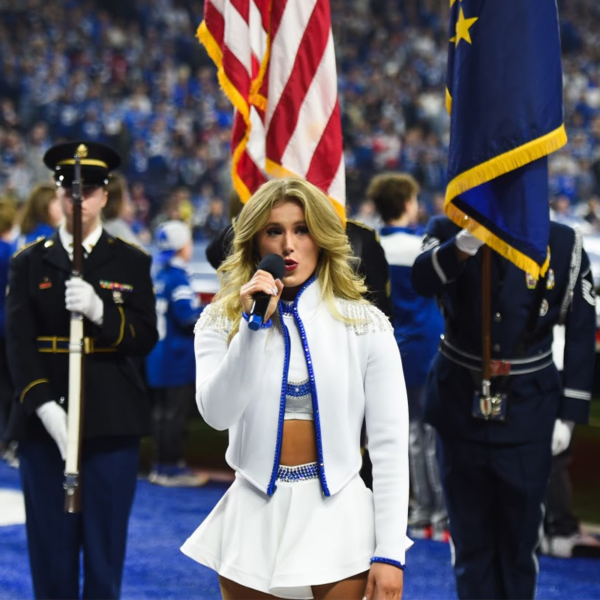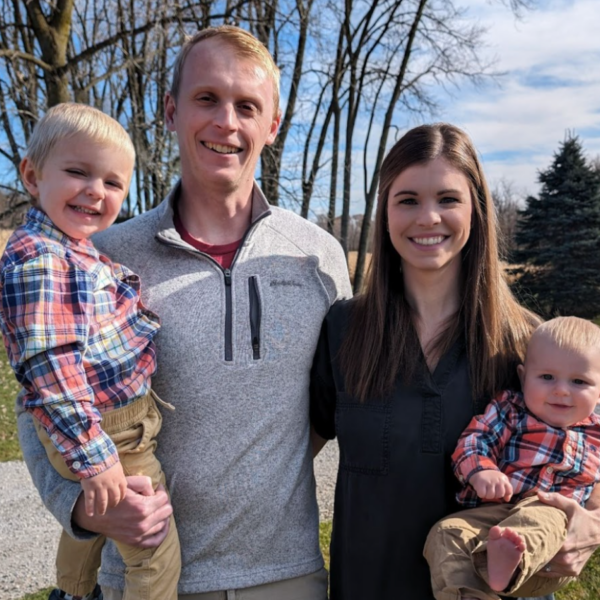Wildcat Tracks: Natalie Dixon Bland ’02
There are times when we are given a glimpse of our world that shows us just how great our God is. A rainbow after a storm, the surprising change of seasons, or marveling at constellations in the vastness of space on a clear night. In these moments, we are reminded of how much God is in command of our universe. For Natalie Bland, the mystery of space and space exploration has been a long-time passion. “I was interested in human spaceflight from a very young age. The stories of the Apollo program and the Space Shuttle both captivated me. I used to love building models of the shuttle and launching model rockets,” she said. “I attended U.S. Space Camp the summer after 10th grade, and it was about that time when my older brother helped me identify the name of the degree program that I should pursue, given my love for space, math, and science: Aerospace Engineering.”
Her passion for spaceflight was encouraged while a student at Westminster. “WCA helped me get into a summer program at St. Louis University, which led to scholarships at both SLU and Embry-Riddle Aeronautical University (ERAU). I ended up choosing ERAU to be closer to shuttle launches. Unfortunately, the Columbia accident happened my freshman year, so I was only able to see a few. After my junior year at ERAU, I landed an internship with Boeing in Houston on the International Space Station Structural Integrity Team. This team ensures the ISS structure can handle the launch and on-orbit environments. After graduating, I came back to the same team full-time in the summer of 2006. The shuttle resumed flying in 2005, and I’ve been working on the ISS my entire career.” Natalie is currently the Manager of Structures and Mechanisms Integration Projects with Boeing in Houston, TX.
Natalie credits her high school experience with having a profound impact on not only her faith but her resulting career path as well. She recalls teachers and staff who encouraged her academically while also strengthening her Christian perspective. “I look back so fondly on my time at Westminster and with immense gratitude that my parents made the financial decision to enable me to attend there. Some of my most memorable teachers were Mr. Holley and Mrs. Kinmonth, both incredible English teachers who instilled a love of reading in me,” Natalie said. “Dr. Shaw fueled my passion for science. The key phrase I remember from his class was, ‘Science is thinking God’s thoughts after Him.’ Mr. Matz introduced me to physics, which quickly became my favorite subject. Mrs. Jones’ AP Chemistry class nearly killed me – I’ve never had to work so hard for an A, but that has served me well! In 12th grade, Worldviews class was absolutely essential in shaping how I think about the world and the viewpoints of others, and I think about that class probably more than any other. I also deeply loved Mr. Baldwin’s history class because he really made it hands-on and engaging.”
“My time at Westminster expanded and sharpened my mind, prepared me for college, and cut deep grooves of faith that have never left me.”
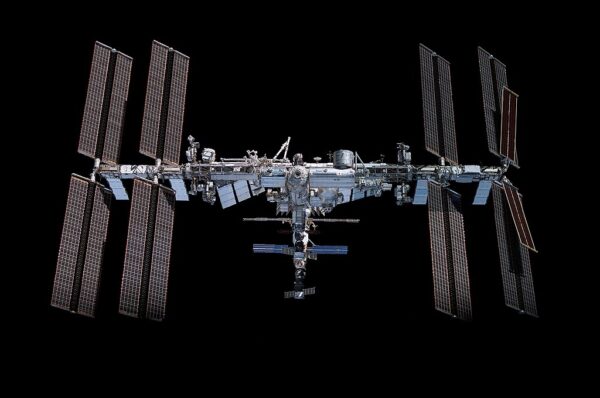
Today, Natalie is part of a team that is key to working on the ISS, an international orbiting habitat and laboratory traveling 250 miles above the Earth at 17,400 mph. It is the size of a football field with the same interior volume as a Boeing 747. Natalie explained some of the things that take place on this amazing craft: “There is some amazing science that happens on board that can only be done in microgravity. The first launch of ISS hardware occurred in 1998, with astronauts living aboard continuously since 2000. Boeing is the prime integrator of all the hardware, and we sustain every aspect of the vehicle today. We count ‘assembly complete’ in 2011 because that’s when the last module originally planned for ISS was installed, but we’re never really done. We continue to upgrade and expand the ISS all the time.”
“My team is currently working on eight new solar arrays that are smaller and more powerful than the original ones. The ISS was designed so that most things are replaceable, so there’s a whole team of people that determines how often spares of every system will be needed, and we procure and build those spares with the necessary runway so that they are ready when needed,” she said. “I had the pleasure of supporting the “Structures and Mechanisms” console during shuttle flights in the Mission Evaluation Room. I’ll never forget putting on the headset and listening to the audio of the Flight Director, the crew, and other consoles. It felt like I was finally living my dream as a space camper.”
Natalie sees God’s work in her life, both professionally and personally. “I think that God has wired me with this passion for a reason. I started out as a stress analyst, then moved into project management, and now management. I strive to be a light at work and relate to people in a way that shows Christ dwells in me. It’s hard not to get caught up in the urgency of my job, but I try to embody the perspective that even though this work is very important, the kingdom matters more. How we treat people matters. We need to take the time to listen and care,” she said. “I feel very strongly about being a servant leader, which is a value I learned at WCA. One of my favorite verses is 2 Corinthians 12:9, which says, ‘But He said to me, ‘My grace is sufficient for you, for my power is made perfect in weakness.’ Therefore, I will boast all the more gladly about my weaknesses so that Christ’s power may rest on me.’ Somehow, people know I’m a Christian, and over the years, many people have asked me to pray with them. I met my husband when I first started at Boeing. He is an orbital debris engineer, and we have two amazing daughters. He is from Colorado, and we never would have crossed paths except for this amazing program we both support. God ordained all that by placing me here in Houston, doing what I love to do.”
Although the U.S. retired its last space shuttle twelve years ago, plans are underway for new versions of space travel. And Natalie will be working alongside countless others to help make that happen. “I watched the last shuttle flight landing in 2011. Although it was a very sad moment for me and so many others who have worked in human spaceflight, it is exciting that we have new vehicles flying now (SpaceX Dragon and soon Boeing’s Starliner),” Natalie said. “Congress has authorized the ISS through 2030, and several companies are trying to make new commercial space stations right now. NASA is currently working on the Artemis program to take us back to the moon and onward to Mars. We are using the ISS to test out systems that will enable us to travel farther into the solar system than ever before. It’s an incredibly exciting time to be part of our space program!”
To see the ISS, visit https://spotthestation.nasa.gov/ and search for your location.

